
by Chad Wadsworth – See his website HERE
A few weeks ago I received a message from Sony Artisan of Imagery Gene Lower, team photographer for the Arizona Cardinals. Gene is one of those guys that gives freely of his knowledge and has been offering up very special opportunities to shoot NFL games to his fellow Sony Artisans. As an advisor to the Tokyo based product team, he was also an unsung force in the development of the acclaimed Sony a9. So when Gene presented the chance to shoot the Cardinals at their away game in Houston, I did not hesitate.
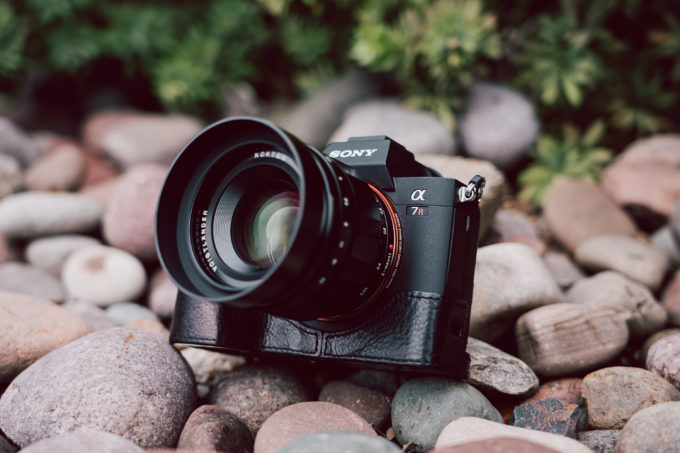
As luck would have it, my local Sony rep was also in possession of the new a7RIII and was kind enough to loan it out for the day. My plan was to compare the a7RIII to the a9 as a sports shooter. With both cameras in the bag, I hopped in the car and and trucked down highway 71, for the two-and-a-half hour drive from Austin to Houston.
Along with the two cameras, I packed the Sony 70-200mm f/2.8 GM, 85mm f/1.4 GM and 16-35mm f/2.8 GM lenses, the new Voigtlander 40mm f/1.2, and the Sony 1.4x tele converter. My initial plan was to shoot the 70-200mm GM with the 1.4x converter in crop mode on the A7RIII. That combination would result in an 18mp image at 150-420mm f/4. I wasn’t worried about reach, as my goal was to document the game in its entirety, not just grab that super compressed long tele shot that the pros seem focused on. I was more interested in flexibility and a wide range of coverage, while keeping my kit as compact as possible.
What I’ve failed to mention so far is that this experience turned out to be a bit of a cautionary tale. Most pros will advise against shooting critical work with new, untested gear but having used the a7RII since its release several years ago, and not having any client demands for the shoot, I fully ignored that conventional wisdom. Arriving on the field just as the game kicked off, my adrenaline was rushing. I enjoy approaching a brand new shoot without the baggage of previous experience’s both nerve wracking and empowering. The visual stimulus on the field was almost overwhelming but how can a photographer complain about that?
Initial configuration was the 85mm GM on the a9 and the 70-200mm GM on the a7RIII. I had the 70-200mn set for lock-on flexible spot, continuous AF and Hi+ drive speed, which I thought would result in 10fps with continuous AF tracking and no EVF blackout. For the first few series of on-field action, I was so focused on the new experience, the movement, the angles, etc., I didn’t pay too much attention to the drive speed but did notice that the EVF seemed to be lagging a bit reminding me of the old last-frame-shot viewing of the previous model. Due to excitement, that lag didn’t register deeply, nor did the apparently slower than expected drive speed. The AF performance seemed to be outstanding, and I was happy with what I was seeing on the monitor but still, something seemed off.
During a Cardinals drive in the red zone, I setup in the corner of the end zone with the a7RIII in hand and the a9/85mm GM sitting next to me on the turf. Due to my proximity to the action, if by chance a Cardinal wide receiver ran to the corner, I was going to have to quickly switch to the a9, and that’s exactly what happened. The moment I saw the quarterback cock his arm to throw to my corner, I dropped the a7RIII, picked up the a9 and acquired focus on the wide receiver rushing towards me. Whoah! not only did the camera instantly come out of sleep and grab focus, but I was reminded that the zero blackout EVF performance of the a9 made tracking the action at effortless. Even better, the play resulted in a touchdown and I was pretty sure I had captured it!
Indeed, reviewing the images after I finished shooting the touchdown celebration, the a9 had done its job well. What a rush.
So was the a9 just that much better than the a7RIII at capturing action? In the heat of the shoot, I was more interested in capturing content, so after that touchdown, I swapped lenses and started shooting the 70-200mm on the a9 and relegated the a7RIII to environmental. It wasn’tt until the game was over and I was back home in Austin evaluating the a7RIII performance that I realized a couple of critical configuration mistakes had been made.
Per the a7RIII manual (yes, you should read the manual), the following considerations need to be kept in mind when shooting continuous drive:
• The shooting speed during continuous shooting becomes slower when [ RAW File Type] is set to [Uncompressed].
• The shooting speed during continuous shooting becomes slower when [e-Front Curtain Shut.] is set to [Off] in [Continuous Shooting: Hi], [Continuous Shooting: Mid] or [Continuous Shooting: Lo] mode.
• When the F-value is greater than F8 in [Continuous Shooting: Hi+], [Continuous Shooting: Hi] or [Continuous Shooting: Mid] mode, the focus is locked to the setting in the first shot.
• The subject is not displayed in real-time on the monitor or viewfinder when shooting in [Continuous Shooting: Hi+] mode.
Realizing that RAW was set to Uncompressed and Continuous Shooting set to Hi+, I had unintentionally hobbled the performance of the a7RIII! But hey, mistakes are a part of learning and I’m happy to share this experience if it helps clarify how to configure the a7RIII for action. Once I correctly dialed in the settings, the a7III was shooting 8fps with no EVF blackout in both mechanical and electronic shutter mode. As painful as this lesson was, in a way it solidified my appreciation for the a7RIII. This is truly a do-it-all camera that, unless you are shooting something as specialized as professional sports, will suit almost any photographer. Eight frames per second, with no blackout and 42mp is just outstanding.
Configuration mistakes aside, the a7RIII was a dream to shoot. The camera is basically a high megapixel workhorse in an a9 dress. The body feels like the a9, with identical footprint (my a9 half case fits the a7RIII perfectly) and controls, minus the a9’s extra dials on the top left hand of the body. Shooting the cameras side-by-side was seamless, with no operational friction moving between the bodies. This represents a significant achievement for Sony as they have now successfully evolved the a7 line to the a9 form and function. We are at a point in mirrorless development where ease of use and operational performance are given parity with image quality.
Because my workflow lives in Adobe Lightroom, at the time of writing, I was unable to evaluate the a7RIII RAW performance, but I have zero concerns if reports of similarity to a7RII files are accurate. I’m not a fan of post processing JPEGs but I did attempt to edit the a7RIII files to match my a9 RAW edits. I’m definitely looking forward to digging into the a7RIII RAW files, but I think JPEG shooters will be more than pleased.
Special thanks again to Gene Lower for the opportunity to shoot an NFL game. In many ways, shooting pro sports is similar to my main genre which is live music.The frenetic energy of the game and the passion of the fans in the stadium was something I won’t soon forget.
More images, click them for larger!
LINKS
Order an A7RIII at Amazon HERE
See Steve’s review of the A9 HERE

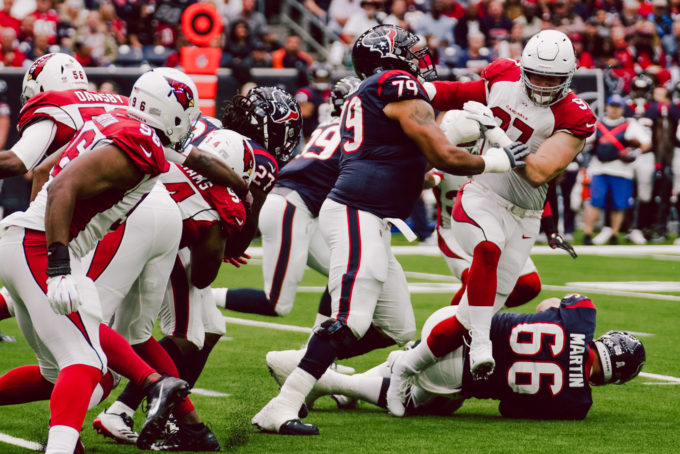
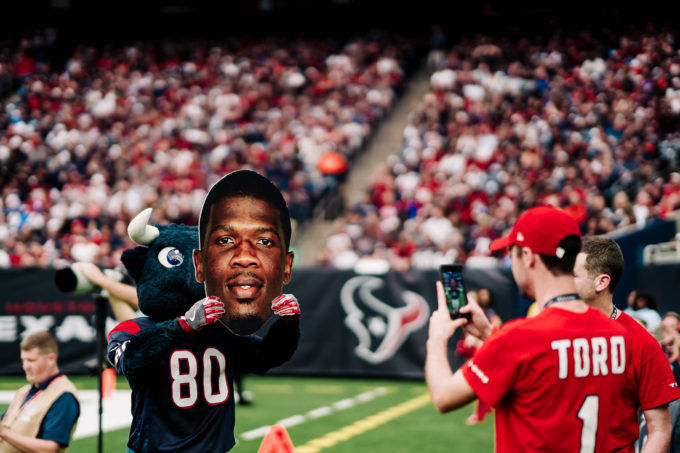
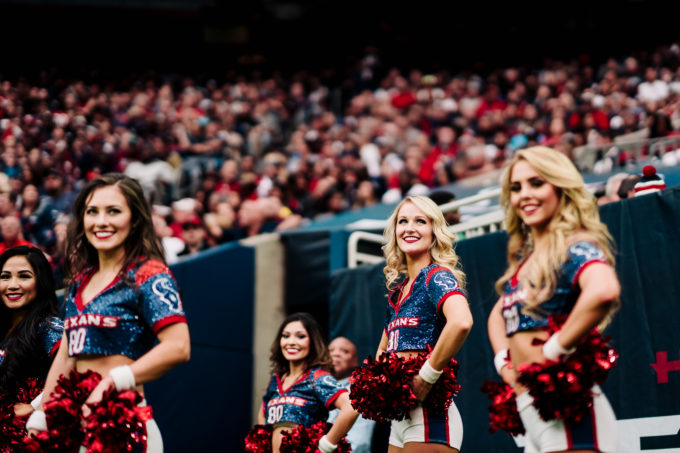
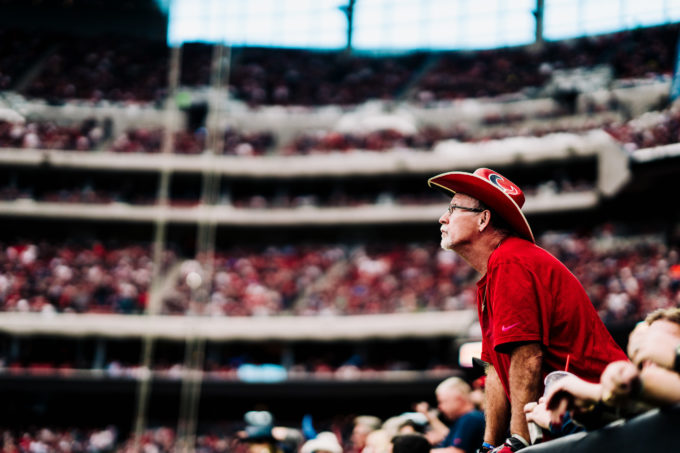
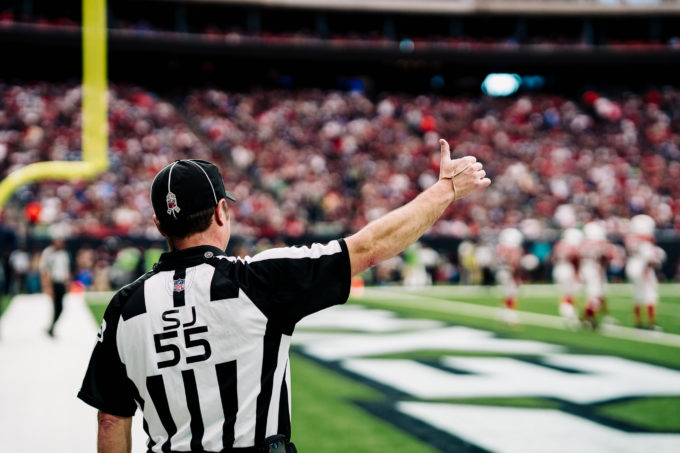
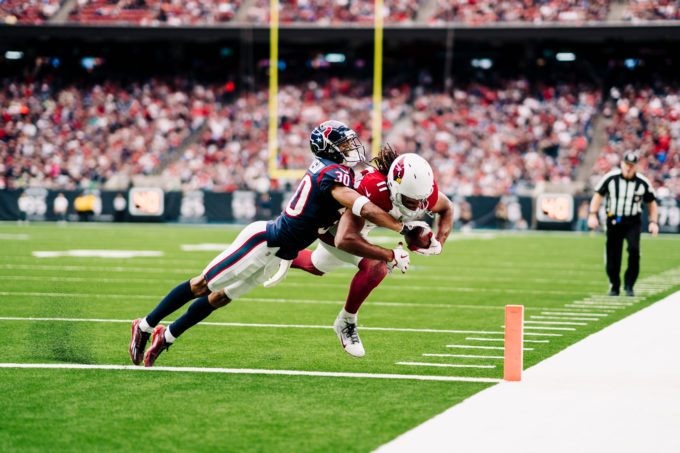
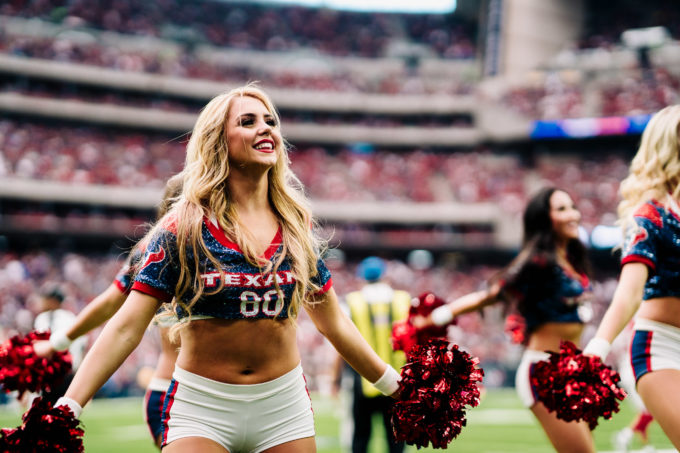
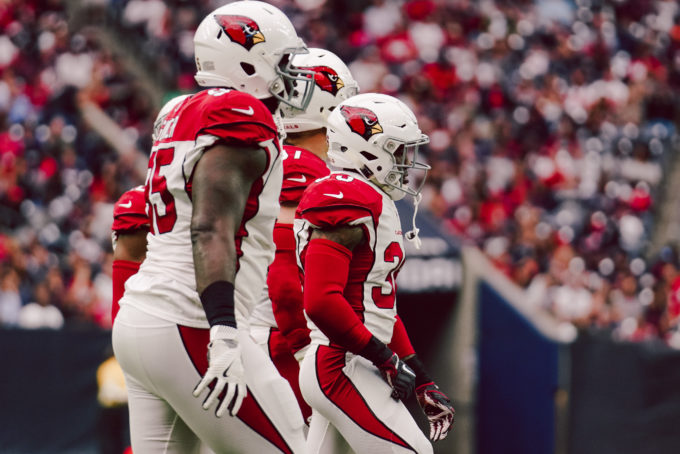
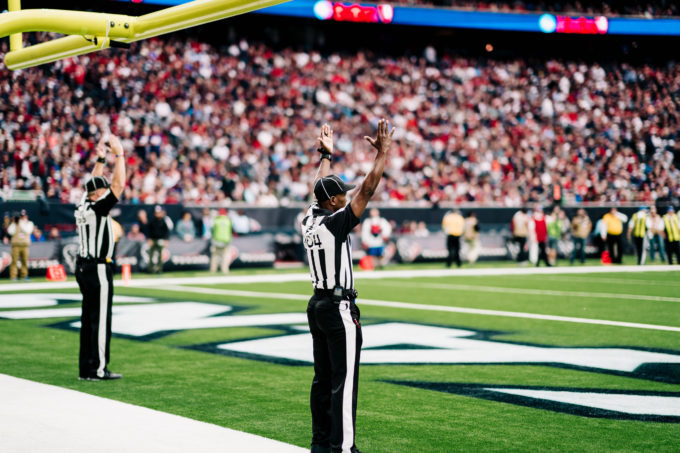
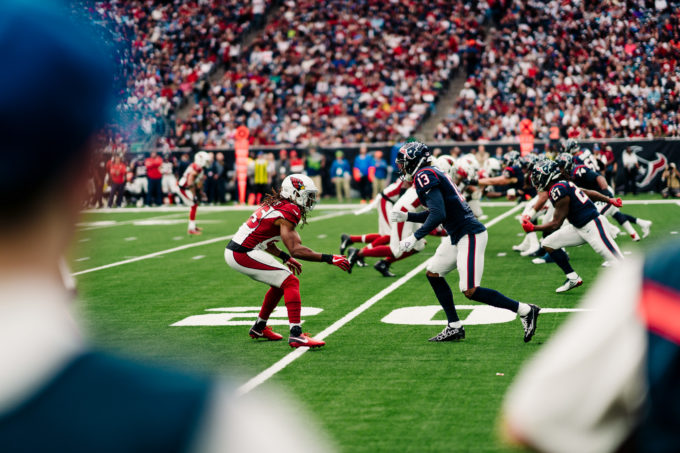

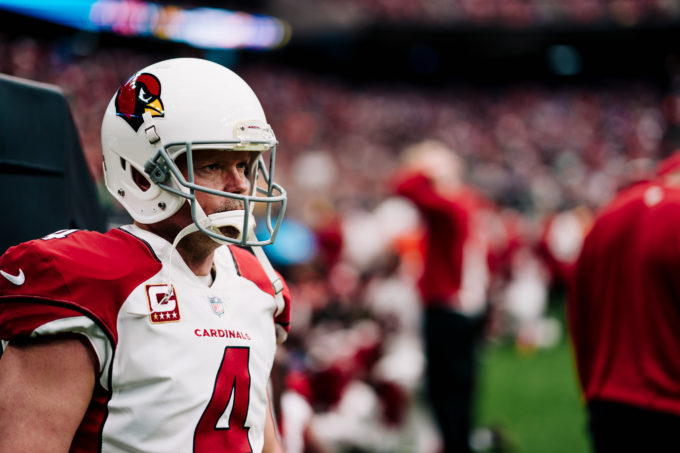
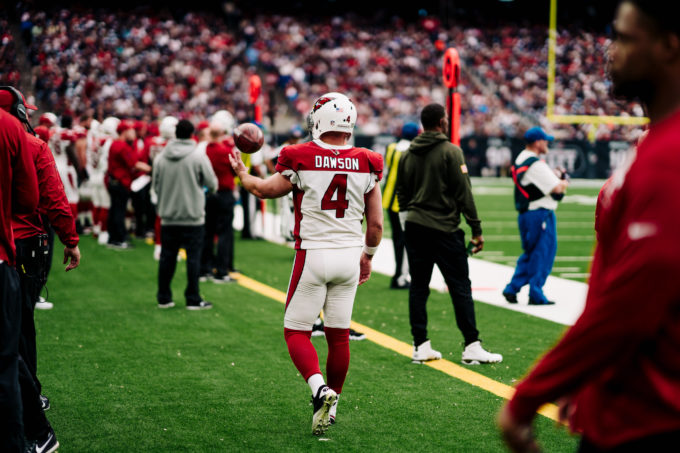
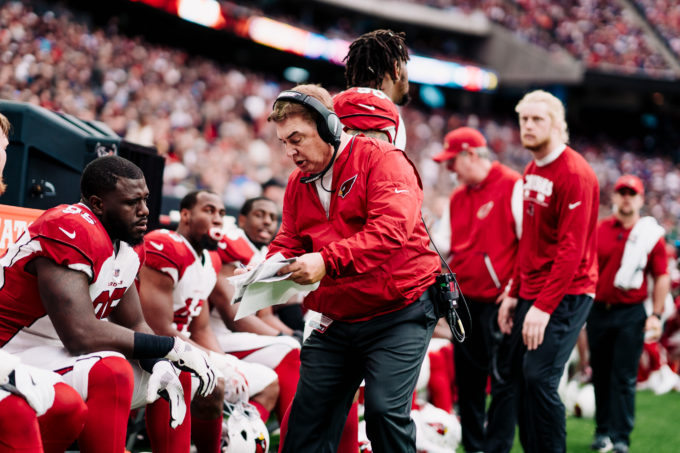
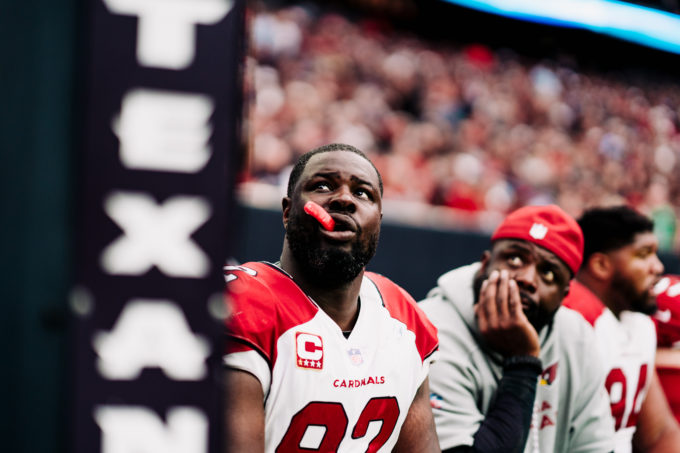
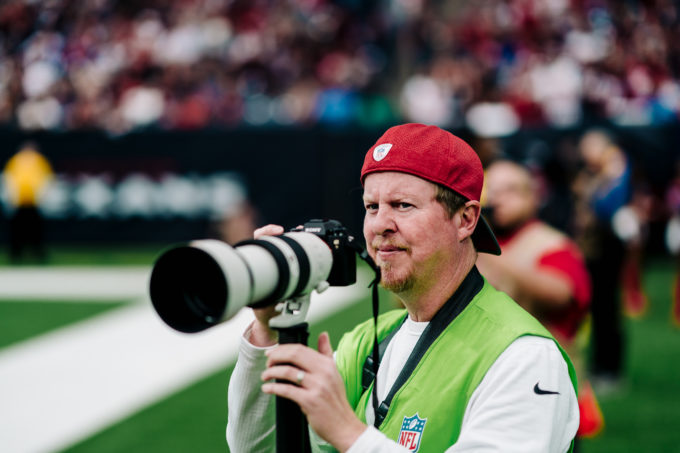
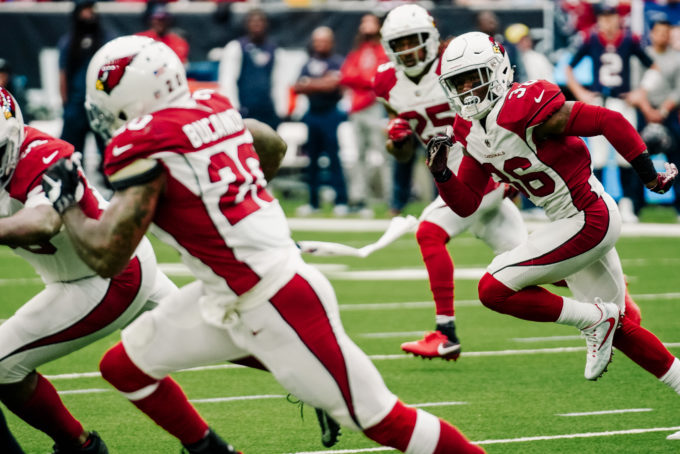
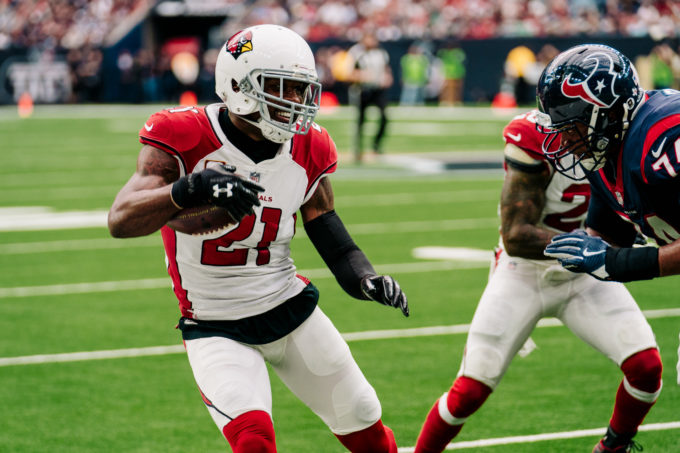
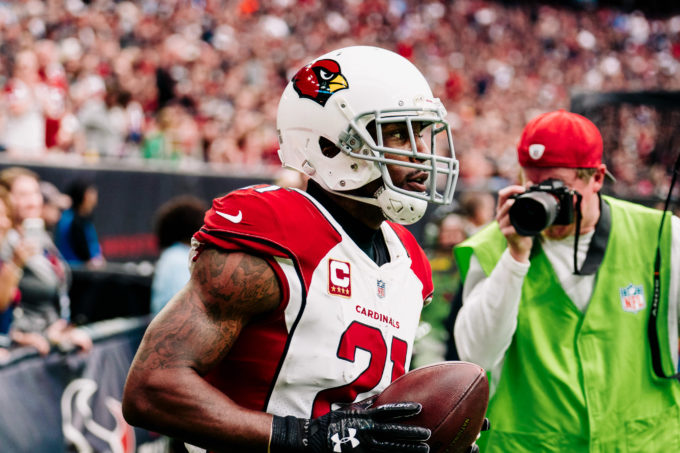
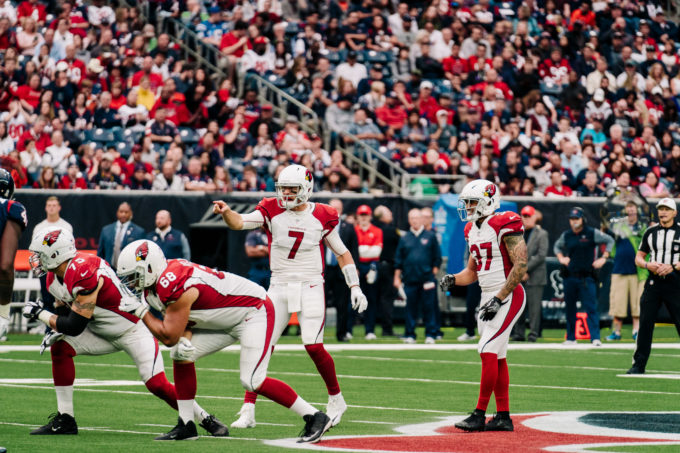
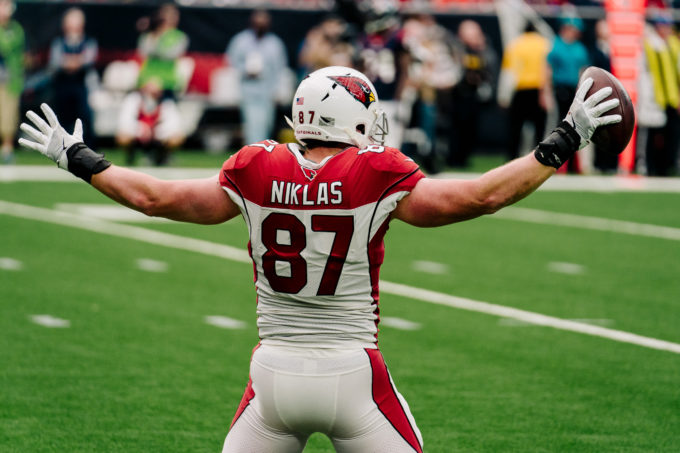
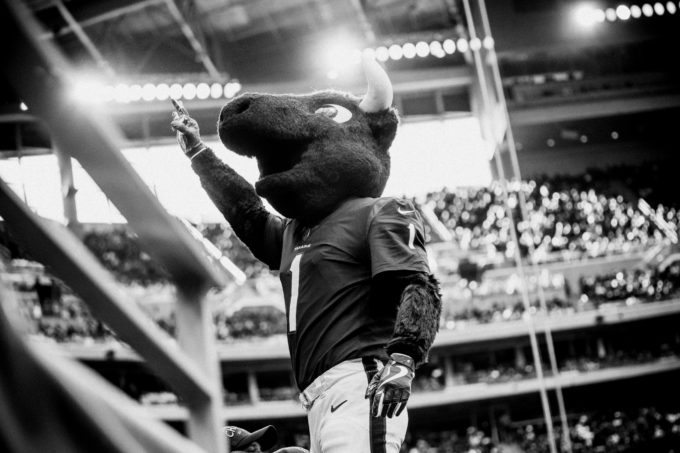
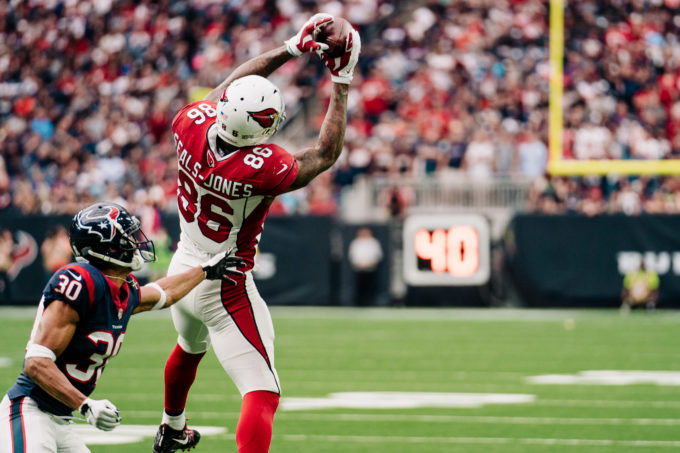
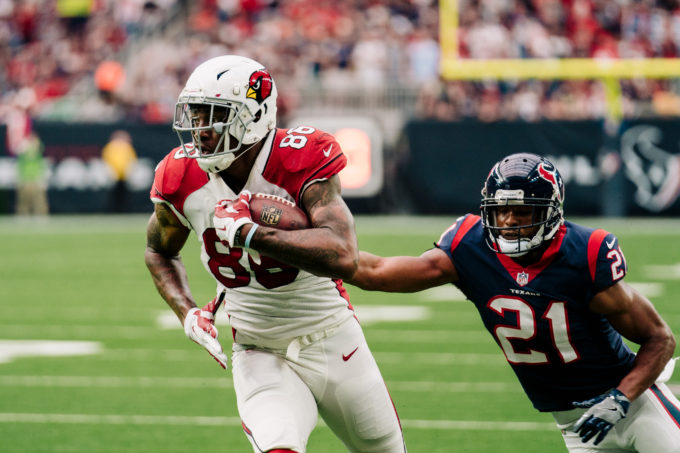
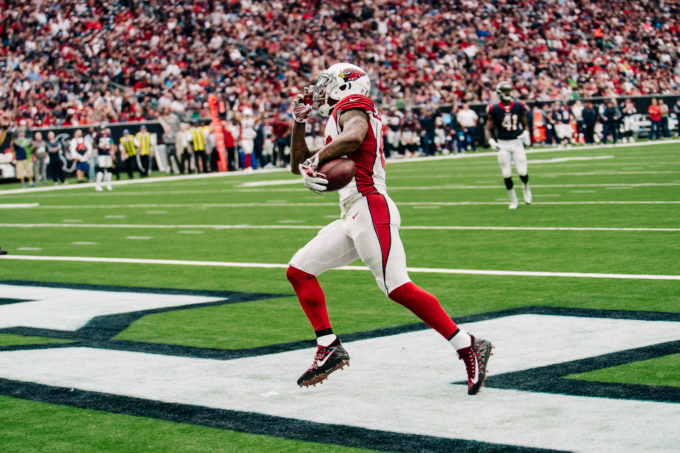
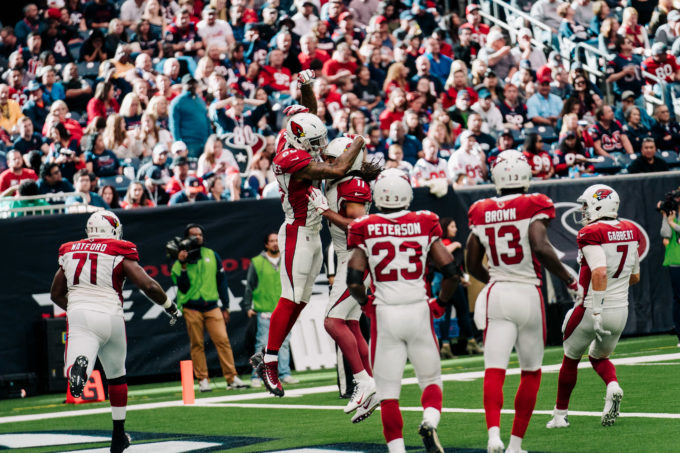
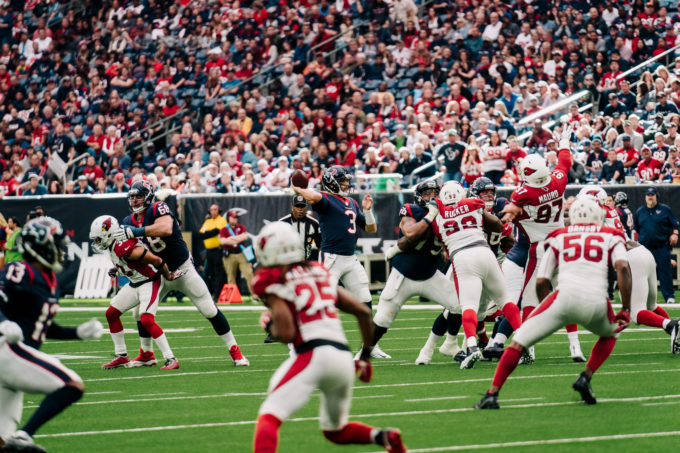
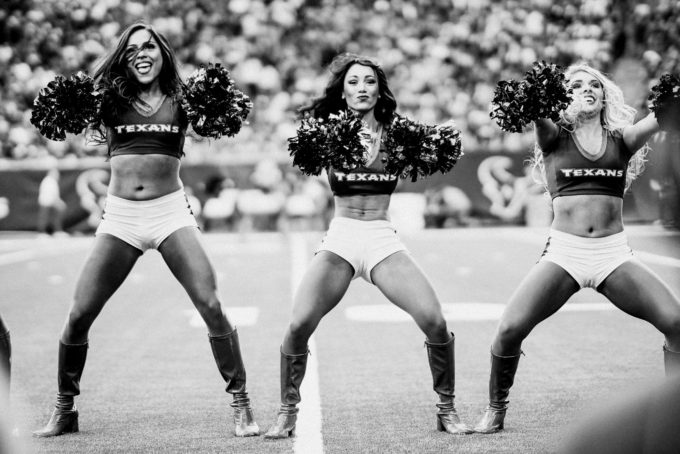
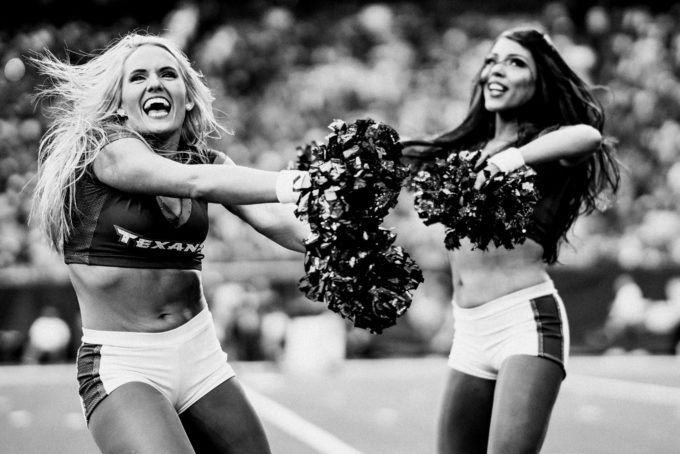
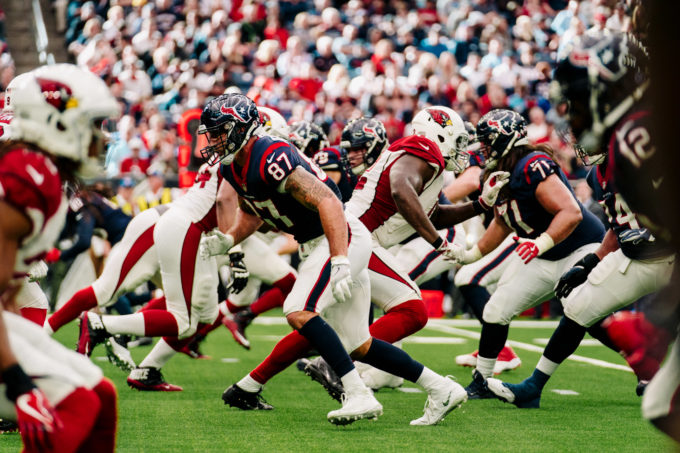
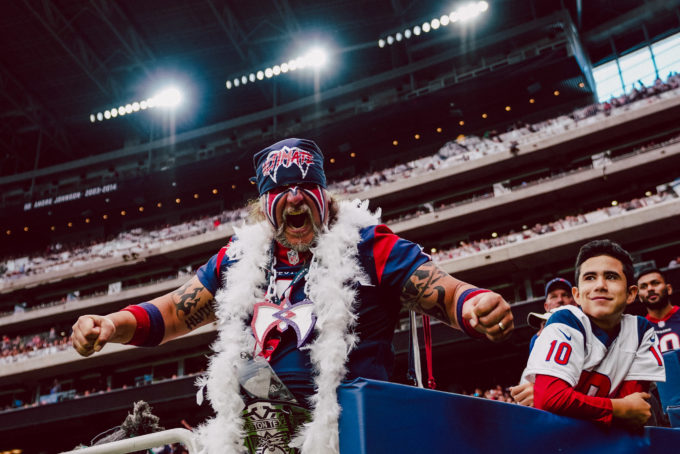
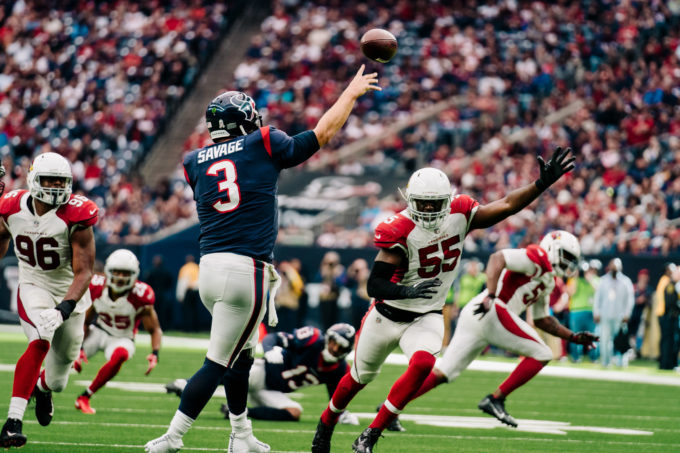
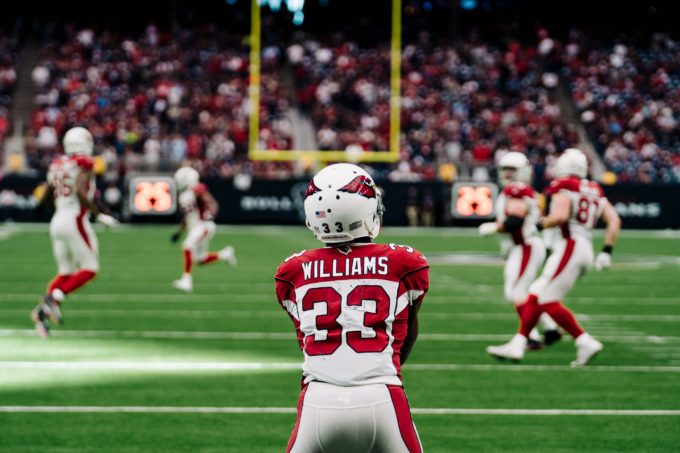
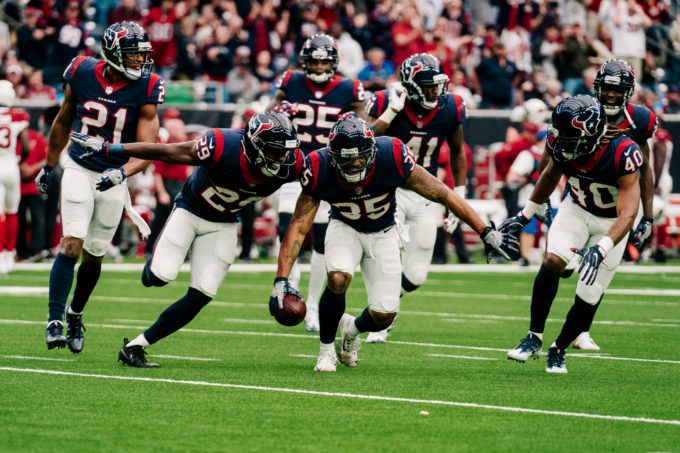
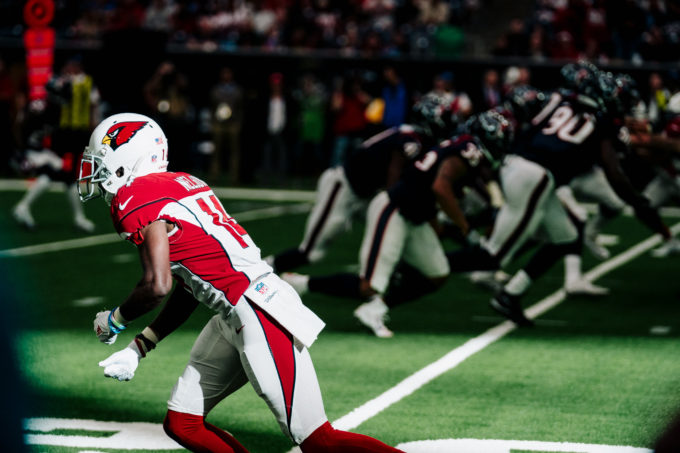


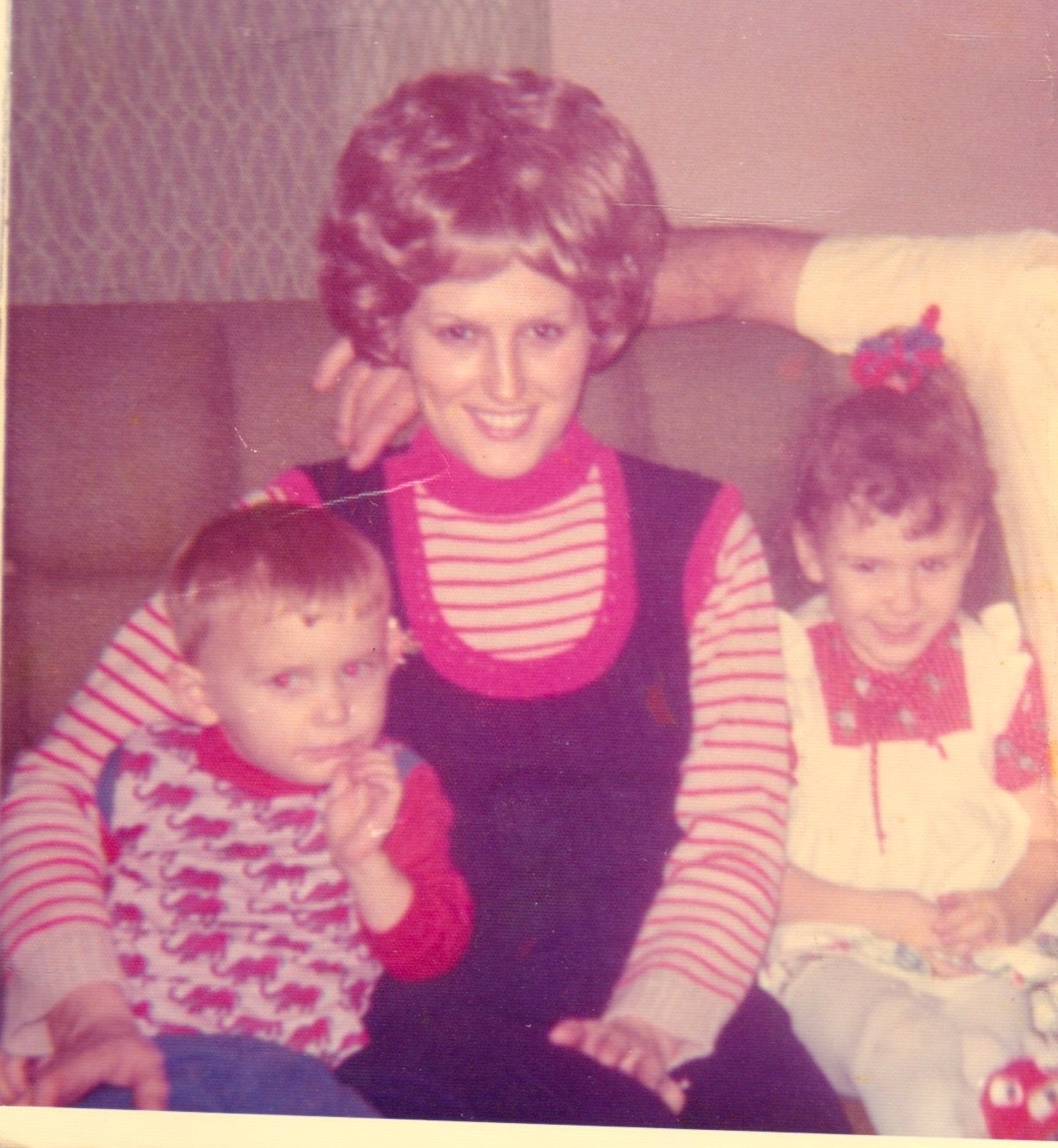

Chad, could you answer my question?
Good job catching all the action shots.
Steve, how big is the difference between Tele Converter against plain lens and crop mode against ff and both against plain ff?
This should go to Chad as he wrote this article and owns the TC .; ) I do not.
Sure, sorry, so the same question to Chad…
Hi Steve,
could you please post, how you judge the quality of the Tele converter against plain lens and the difference of crop against ff and both together against ff?
I wonder if the converter really has no loss and if crop mode has a major disadvantage against ff except resolution?
Hi Steven,
There will always be some loss of detail with a converter but it is minimal with the x1.4
Crop mode without the converter results in no loss of image quality, although you will lose some depth of field – multiply your aperture by 1.5 to get a rough estimate of the effective depth of field you would get at each aperture. Crop mode does not affect light gathering, just DOF.
Great shots, Just curious, I have an A9, for shooting parades and dance in semi lowlight how would you setup the AF? Would you try and face recognition or eye AF (with 85 1.4 or 70-200)? Thanks for any insights.
Terrific stuff, Chad. Some of these photos are really nice. The cameras do a good job of capturing reds, which some cameras can’t do right (usually phone cameras have issues with these sorts of challenges).
I’d say that the A7rIII would be a better choice than the A9, even for sports. Back in the ’80s and ’90s, photographers were shooting manual focus and usually with 6fps. I don’t think that the quality of the photos has gone up since then. 😉 The extra resolution is certainly useful for cropping, too.
P.S. You read the manual so we don’t have to! 😛
80 just became my favorite number! Great post & pics Chad, love that R III. 🙂
duh! Thanks Scott
Knock out pics, and interesting to read about the A7r3 not having vf black out. Other reports mentioned only the A9 being able to do that.
So is the EVF the same as in the A9?
Yes, same EVF Huss.
One of the cooler posts I’ve seen in awhile. Great insight on the camera and job.
Thank you!
Hi Chad,
As a recent owner of the A7r iii, this is a nice read. Thank you very much.
Didn’t shoot sports yet, but architecture (even in the dark) makes me very happy. Coming from the A7r to the A7r iii is a great step-up.
Best regards
Dave
Congrats Dave. I’m still waiting for my production model.